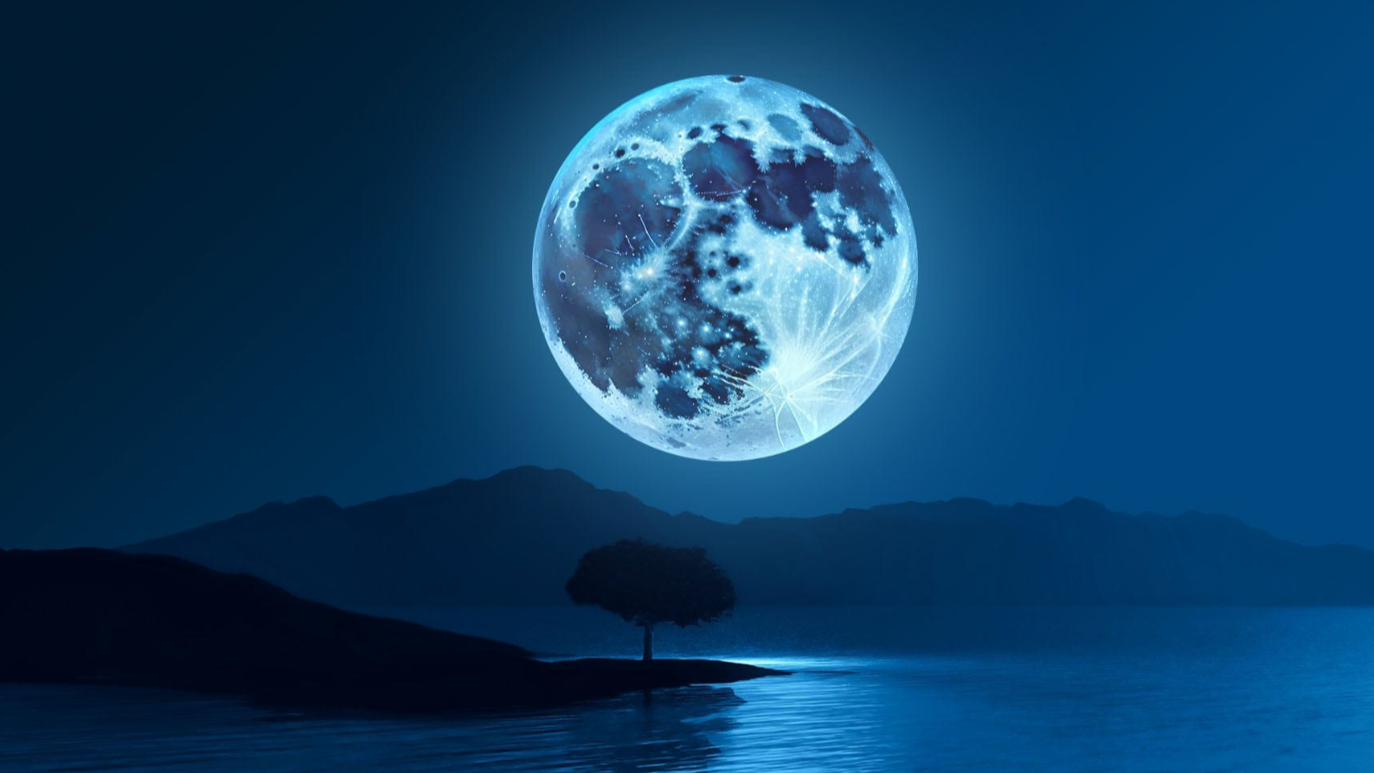Earth has witnessed a Blue Moon this year, and here, we delve into the details of this intriguing phenomenon.
When is the next Blue Moon?
The next Blue Moon will take place on August 19, 2024, at 2:26 p.m. ET (1826 GMT).
There are two primary types of Blue Moons, though neither involves an actual change in the moon’s color.
The traditional definition of a Blue Moon is a seasonal one, referring to the third full moon in a season that has four full moons, as per NASA. The second, more contemporary definition — stemming from a misunderstanding of the first — is the monthly Blue Moon, which occurs when there are two full moons in a single calendar month. Nowadays, this monthly occurrence is widely accepted as the second definition of a Blue Moon, according to Time and Date.
WHAT IS A BLUE MOON?
Typically, the moon completes its phases in about a month, resulting in 12 full moons each year. Different cultures have assigned unique names to each month’s full moon. With 12 months and 12 full moons, it seems straightforward — but not quite.
The lunar cycle lasts around 29.5 days, meaning that a year of approximately 354 days will sometimes include a 13th full moon. This extra full moon doesn’t fit the usual naming conventions and is termed a Blue Moon.
HOW OFTEN DO BLUE MOONS OCCUR?
Despite the saying “once in a blue moon,” these events occur relatively frequently in astronomical terms. Blue Moons happen approximately once every two to three years, as noted by NASA. Since there are roughly 29.5 days between full moons, February, with its 28 or 29 days, will never have a monthly Blue Moon. Occasionally, February might even lack a full moon entirely, which is referred to as a Black Moon, according to Time and Date.
WHEN ARE THE NEXT MONTHLY AND SEASONAL BLUE MOONS?
Blue Moons occur approximately every two to three years. (Image credit: Andrew Bret Wallis via Getty Images)
The next seasonal Blue Moon will be on August 19/20, 2024.
The upcoming monthly Blue Moon will be on May 31, 2026, according to Time and Date.
WHEN WAS THE LAST BLUE MOON?
The most recent Blue Moon occurred on August 30, 2023.
If you’re interested in capturing a striking lunar image, check out our guide on how to photograph the moon.
CAN THE MOON EVER TURN BLUE?
Yes, but it’s an exceptionally rare occurrence. In 1883, the eruption of Indonesia’s Krakatoa volcano ejected ash up to 50 miles (80 kilometers) into the atmosphere. The ash particles, about one micron in size, scattered red light, giving the moon a distinct blue-green hue.
NASA also notes that other volcanic eruptions, such as those of El Chichon in 1983 and Mt. St. Helens in 1980, as well as Mount Pinatubo in 1991, have caused similar blue moons.
BLUE MOON FAQS ANSWERED BY AN EXPERT
We consulted meteorologist Joe Rao to answer some frequently asked questions about the Blue Moon.
Joe Rao
Meteorologist
Joe Rao is Space.com’s skywatching columnist and a veteran meteorologist and eclipse chaser who also instructs and lectures at New York’s Hayden Planetarium.
What date is the next Blue Moon?
This depends on the definition you use. The Maine Farmers’ Almanac suggested from 1932 to 1957 that if a season contained four full moons instead of the usual three, the third should be called a “Blue Moon.” According to this rule, the next Blue Moon would be on August 19, 2024.
However, due to misinterpretations, the second full moon in a month is now commonly accepted as a Blue Moon. Based on this definition, the next Blue Moon will be on August 30, 2023.
What is a Blue Moon?
It refers either to a rare calendrical event or to the moon appearing blue under certain conditions.
Does the moon ever turn blue?
Only under specific atmospheric conditions. For instance, after the 1884 Krakatoa eruption, ash clouds made the moon appear blue for several months. Similarly, in 1950, smoke from forest fires in Northern Alberta caused the sun and moon to take on unusual hues.
How often is a Blue Moon?
An actual blue moon is rare, occurring about six times per century. Calendrical Blue Moons, however, are more common, happening approximately every 2.5 to 3 years.
